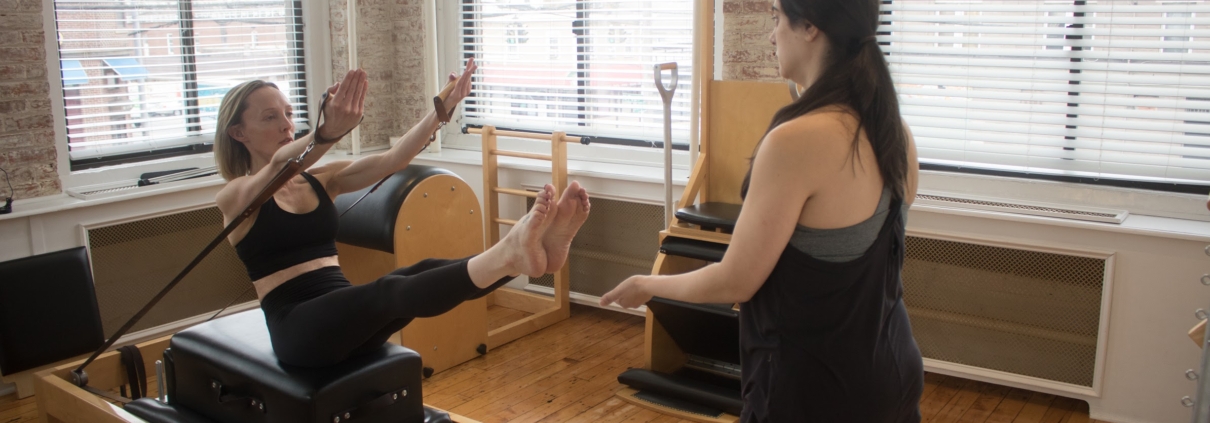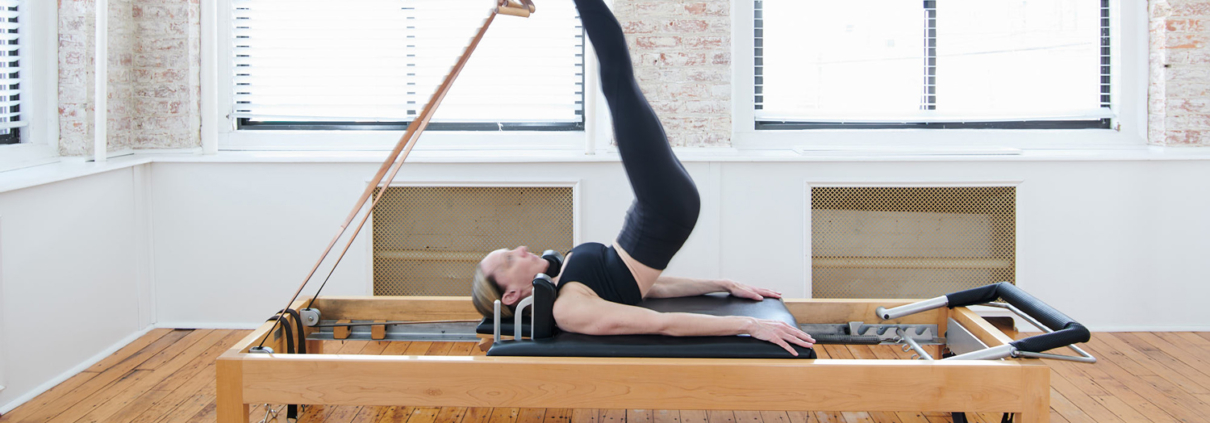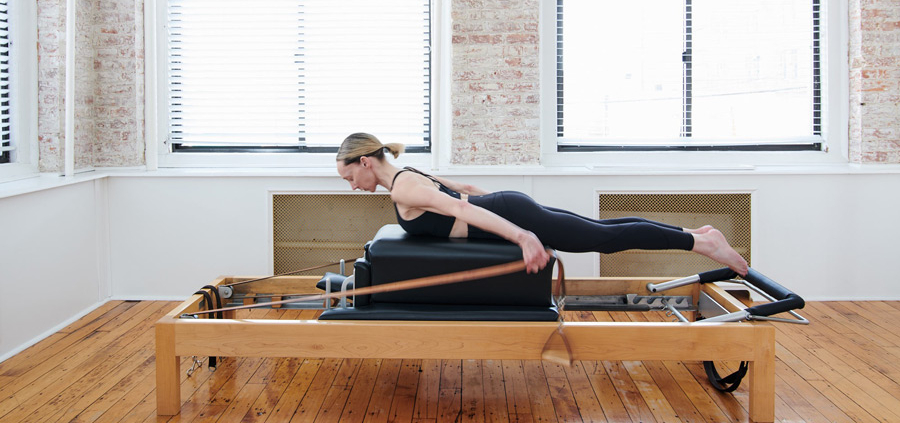You really don’t want to know. So the question I get asked most often is….How often do YOU do Pilates? My answer, every day. I do two formal 50 minute session weekly , do 15 minutes of Pilates daily every morning, and jump on a piece whenever I feel a little stiff in between clients if I can for a couple minutes. So what happens when I don’t do Pilates? I am cranky, stiff, agitated and my body doesn’t cooperate.
I am on my feet for up to 12 hours most days of the week and I am pain free most days of the week. Pilates allows me to feel this way and function at my best for my clients and for myself.
BUT……I have clients whom I see once a week who get so many benefits from Pilates! So how can that be? Well let me explain. Consistency, Let me tell you again, consistency. All of my clients, whether they come in one time a week or four, if they use the principles daily in every day like while driving, on the golf course, at their desks, in the cars, while running, their bodies will thank them for it and they will feel the difference.
So I love to be able to say this. All that matters is that to me is that you do Pilates consistently.




